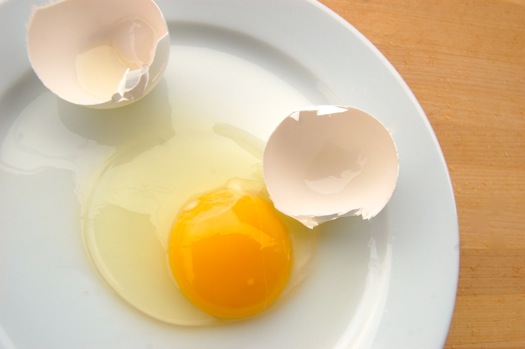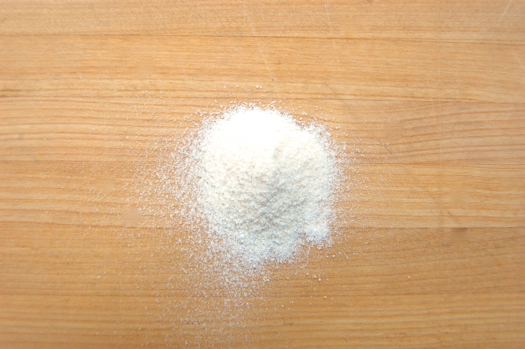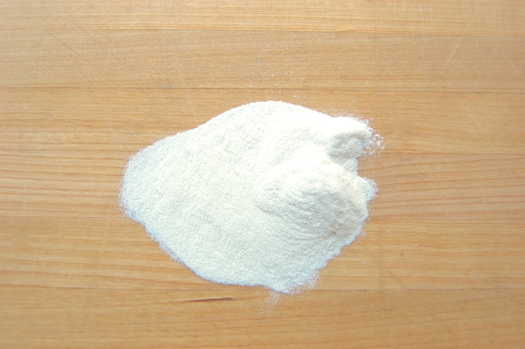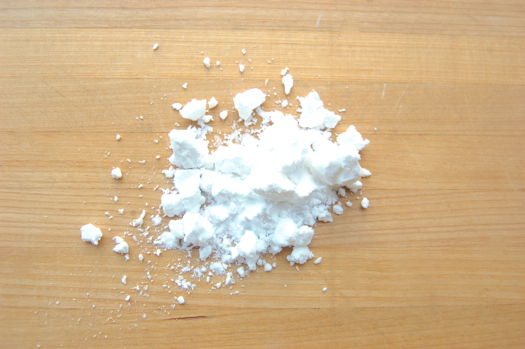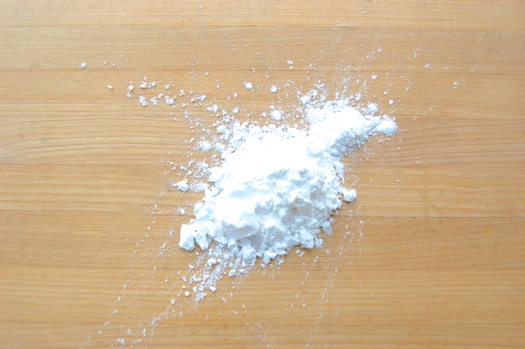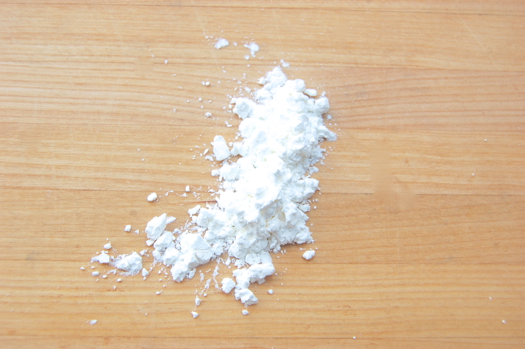Arrowroot

Arrowroot has been gaining popularity as a general-purpose thickener for at least a decade, and indeed many cooks prefer it over cornstarch. The reason: because it does just about everything cornstarch does only better. Sauces thickened with arrowroot are clearer than those thickened with cornstarch. They also have less of an aftertaste which is nice if your sauce has very delicate flavor notes. Arrowroot also thickens at a lower temperature (about 180 F) and is a good deal more tolerant of acid and long boiling. Arrowroot gels can also be frozen and thawed, making them great for baked frozen fruit pies.
READ ON